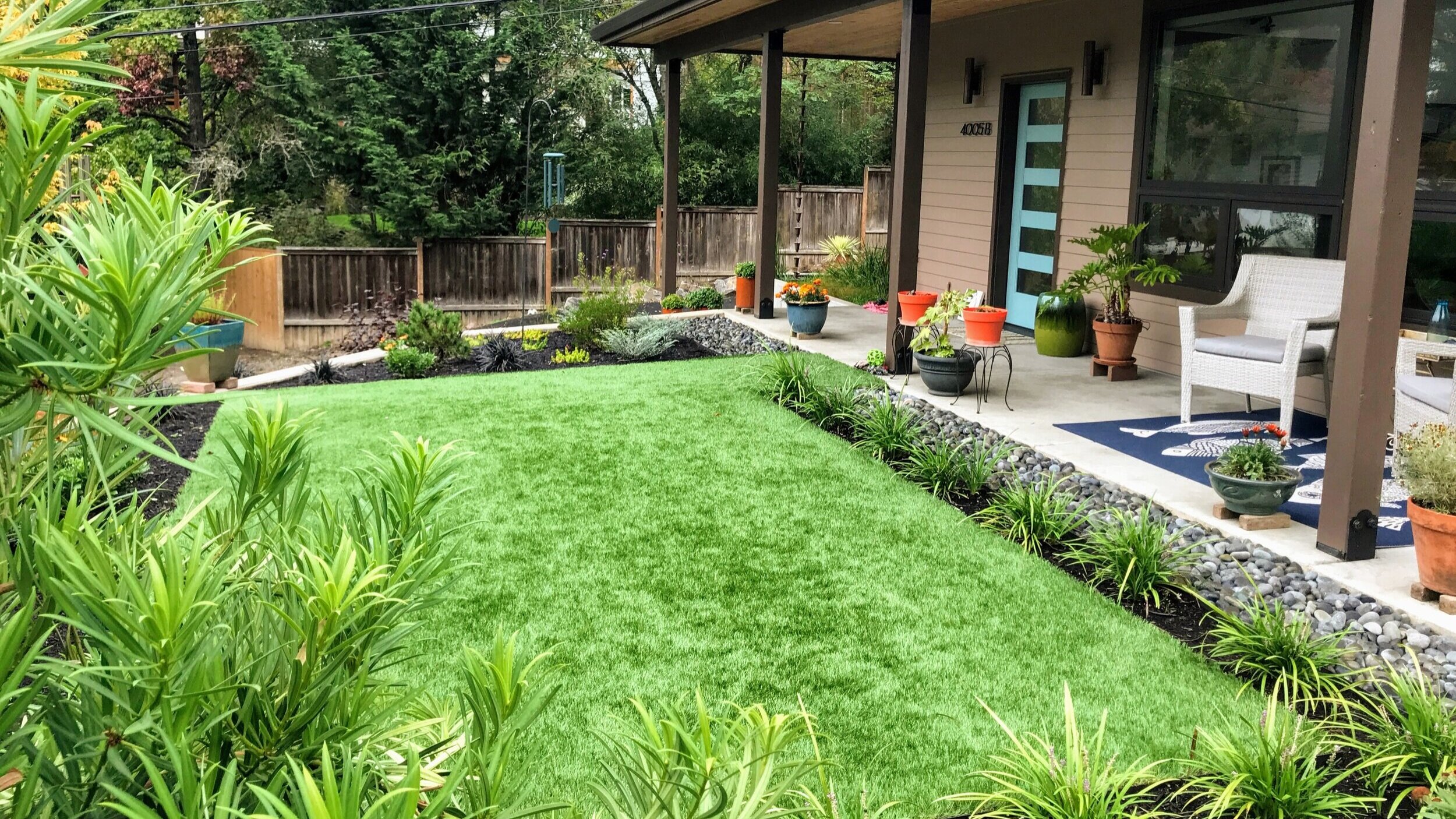Transforming your outdoor space with the lush beauty and low-maintenance benefits of artificial grass is an exciting prospect. However, before diving into the installation process, it’s essential to understand the costs involved and budget accordingly. Artificial grass installation costs can vary based on several factors, including the size of the area, the quality of the turf, site preparation requirements, and more. In this guide, we’ll walk you through the key factors to consider when calculating the costs of artificial grass installation.
1. Area Size
The size of the area you want to cover with artificial grass is a primary determinant of the overall cost. Measure the length and width of the space in square feet or square meters to determine the amount of synthetic turf needed.
2. Quality of Turf
Artificial grass comes in various qualities and price ranges. Higher-quality turf often has a more realistic appearance, better durability, and improved UV resistance. While premium turf may have a higher upfront cost, it can provide long-term savings by lasting longer and requiring less maintenance.
3. Site Preparation
Proper site preparation is crucial for a successful installation. If your existing surface requires grading, excavation, or additional drainage solutions, these factors will impact the overall cost. Compacted base materials and appropriate drainage systems contribute to the longevity of the synthetic turf.
4. Labor Costs
Labor costs for installation can vary based on location, complexity of the project, and the expertise of the installation team. Professional installation ensures proper techniques are used, leading to a seamless and long-lasting result.
5. Accessories and Additional Features
Additional components, such as infill materials, weed barriers, edging, and adhesive, are necessary for a complete and well-maintained artificial grass installation. Depending on your project’s requirements, these accessories will contribute to the overall cost.
6. Maintenance and Longevity
While artificial grass requires less maintenance than natural grass, it’s important to factor in potential long-term savings. Compare the costs of watering, mowing, fertilizing, and other maintenance tasks associated with natural grass to the one-time investment and minimal upkeep of artificial grass.
7. Local Pricing and Suppliers
Local pricing can vary based on regional factors, market demand, and the availability of installation services and materials. Research local suppliers, request quotes, and compare pricing to ensure you’re getting a competitive rate.
8. Warranty and Guarantees
Consider the warranties offered by different artificial grass manufacturers and installation professionals. A longer warranty period can provide added peace of mind regarding the quality and durability of the turf.
Conclusion
Calculating the costs of artificial grass installation involves considering a combination of factors, each contributing to the overall budget. While the initial investment may seem significant, it’s important to remember that artificial grass offers long-term benefits, including reduced maintenance and a consistently beautiful outdoor space. By thoroughly researching options, obtaining multiple quotes, and understanding the factors that influence pricing, you can make an informed decision that aligns with your budget and vision for a stunning and hassle-free landscape.









































